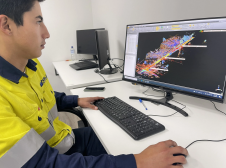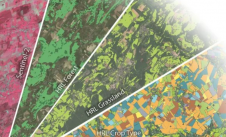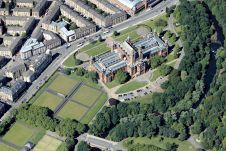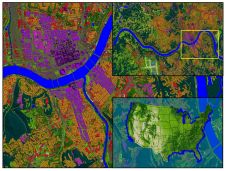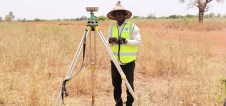Fit for Purpose
Every country has to deal with land governance – with the policies, processes and institutions by which land is managed through the core land administration functions of land tenure, land value, land use and land development. A country’s capacity to deal with this may be advanced, combining all the activities in one conceptual framework supported by sophisticated IT models. More likely, however, it will comprise very fragmented and basically analogue approaches, as is the case in most developing countries. In this regard, the emerging concept of spatially enabled society offers some interesting perspectives relating to the issue of survey accuracy, which has been debated recently in188金宝搏特邀.
The term ‘spatially enabled society’ describes the emerging cultural and governance revolution offered by pervasive spatial information technologies and spatially equipped citizens. Importantly, the concept is not about managing spatial information – rather, it is about managing information, or governing society, spatially. This concept, or vision, emerged in the middle of the past decade through new web-based distribution concepts such as Google Earth. The vision, however, also represents the realisation of the promises offered by building spatial data infrastructures and reforming land administration systems. These building blocks make spatially enabled societies possible where the large-scale cadastral map presents how people are connected to their land. The cognitive understanding of land use patterns then forms the core information sets that enable a country to build an overall administrative framework to manage rights, restrictions and responsibilities related to land and natural resources in support of sustainable development.
The importance of large-scale cadastral maps, or a general spatial framework, relates to the survey accuracy discussion. Building such a spatial framework is of course not primarily about accuracy. Instead, it is about adequate identification of the spatial units or parcels, completeness to cover the total jurisdiction, and credibility in terms of reliable data that is trusted by the users.
In some developed countries, this spatial framework has evolved over centuries, and cadastral surveys are conducted to a high degree of accuracy according to long-standing regulations and procedures. Furthermore, technological developments now offer opportunities for further improving the accuracy of cadastral surveys, thus ensuring total consistency between cadastral, topographic and other information such as utility data to form coherent and interactive digital land information systems.
In contrast, most developing countries have a cadastral coverage of less than 30% of the country, and the regulations and procedures are often too costly to allow access to secure tenure for the majority of their citizens. Therefore, focus should be on establishing an appropriate, countrywide spatial framework using a ‘fit for purpose’ approach rather than looking at accuracy and expensive procedures. Accuracy can then be incrementally improved over time, when deemed relevant and justified in terms of serving citizens’ and society’s needs.
The surveying profession holds a key position as custodians of formal cadastral systems. Supporting the building of such a fit-for-purpose spatial framework and providing easy access to secure tenure for all will pave the way towards spatially enabled society and sustainable land governance.
Make your inbox more interesting.Add some geo.
Keep abreast of news, developments and technological advancement in the geomatics industry.
Sign up for free







